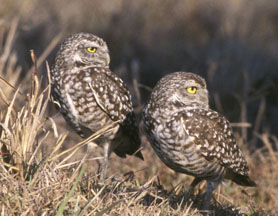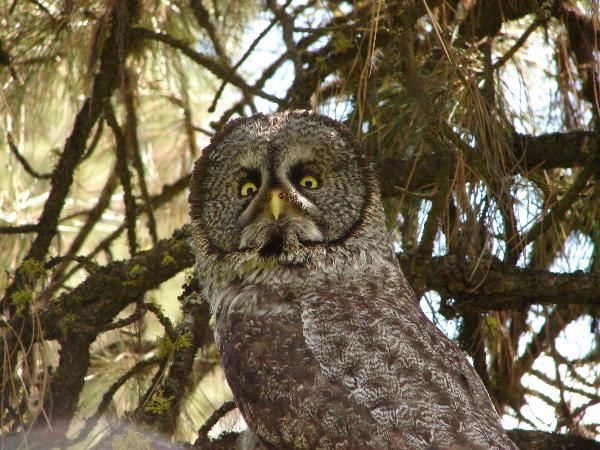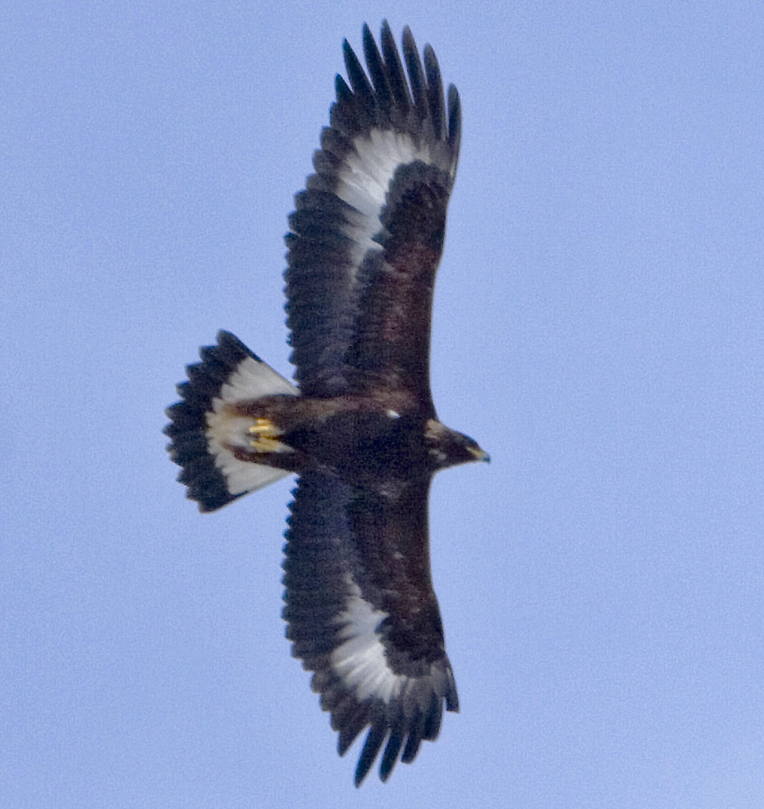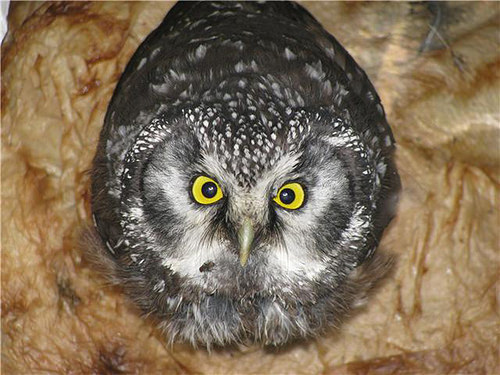 A vault toilet is a more or less a permanent porta-potty, used in places without running water. Many state and federal agencies are fond of them. I’m fairly certain that I’ve used one in a National Forest recently.
A vault toilet is a more or less a permanent porta-potty, used in places without running water. Many state and federal agencies are fond of them. I’m fairly certain that I’ve used one in a National Forest recently.
The problem is small, cavity nesting birds. They see that pipe, think it’s a cavity, slide down into the pit and are unable to get out. At particular risk are western screech and northern saw whet owls, says a recent USDA blog post.
Recently, the Forest Service’s Wings Across America gave an award to the Teton Raptor Center for its Poo-Poo Project. According to the project’s website: “In 2010, Teton Raptor Center initiated a community driven project to install 100 screens on the ventilation pipes of toilets throughout Grand Teton National Park, as well as the Bridger-Teton and Caribou-Targhee National Forests.”
Problem solved. Are the vault toilet vents in your state capped?
The Poo Poo project sells the screened vent caps for about $30 each, including hardware and shipping and handling. They offer a bulk rate too. The order form is here.
Here’s the US Forest Service blog post.
Here’s the Poo Poo Project website.
Photo: This is what an owl stuck in a vault toilet looks like. USDA Forest Service photo.

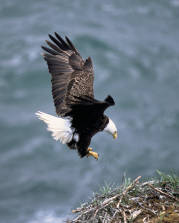 As we reported on the return of snowy owls to the US last week, another part of the story was unfolding. According to news reports, one of the snowies flew into the engine of an airplane and John F. Kennedy Airport in New York City. The Port Authority of New York and New Jersey ordered airport personnel to shoot any other snowy owls on sight. Two of the owls were shot on Dec. 7.
As we reported on the return of snowy owls to the US last week, another part of the story was unfolding. According to news reports, one of the snowies flew into the engine of an airplane and John F. Kennedy Airport in New York City. The Port Authority of New York and New Jersey ordered airport personnel to shoot any other snowy owls on sight. Two of the owls were shot on Dec. 7.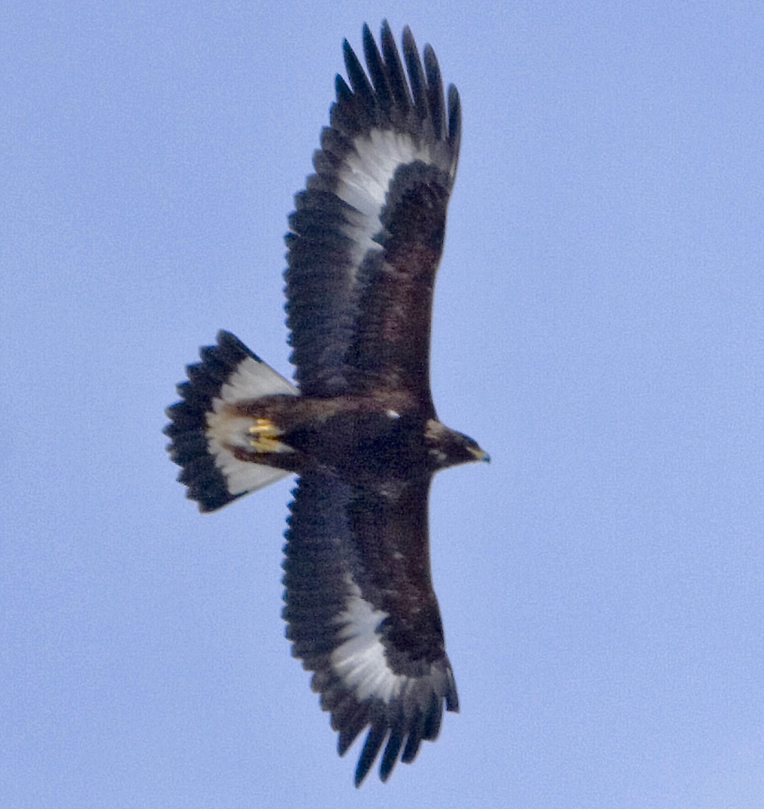 The Montana Audubon Society reports that the number of golden eagles migrating along Montana’s Bridger Mountains has declined 35 to 40 percent over the last 20 years, according to
The Montana Audubon Society reports that the number of golden eagles migrating along Montana’s Bridger Mountains has declined 35 to 40 percent over the last 20 years, according to 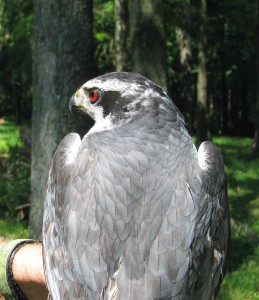 Here’s some good news for a Monday morning.
Here’s some good news for a Monday morning.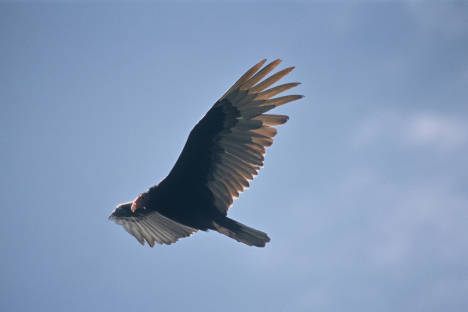 Researchers from the Hawk Mountain Sanctuary in Pennsylvania have been studying vultures throughout the New World to see if they are effective sentinels for environmental pollutants, such as lead.
Researchers from the Hawk Mountain Sanctuary in Pennsylvania have been studying vultures throughout the New World to see if they are effective sentinels for environmental pollutants, such as lead.
